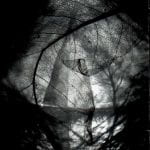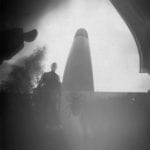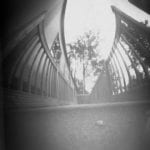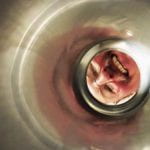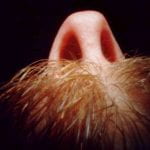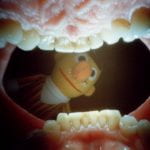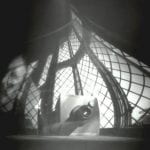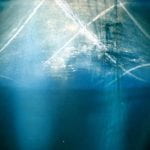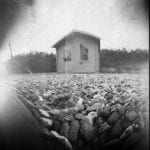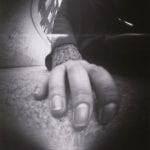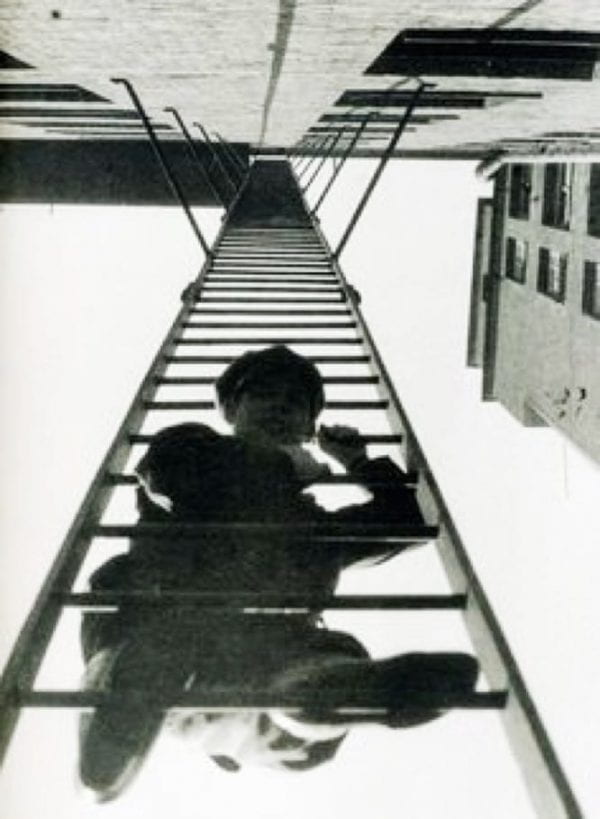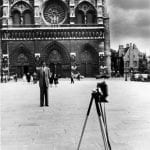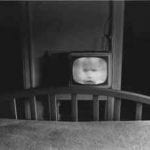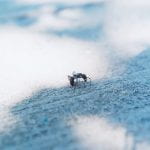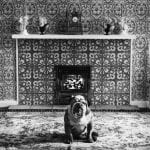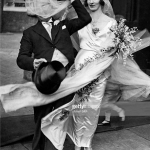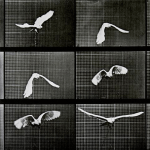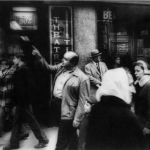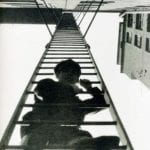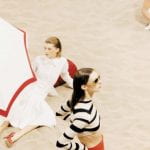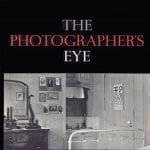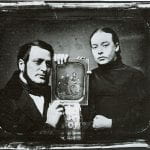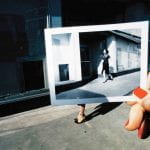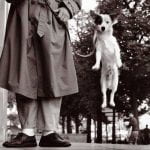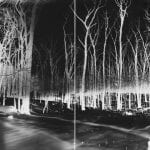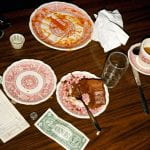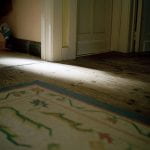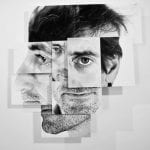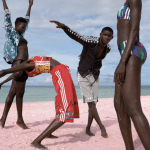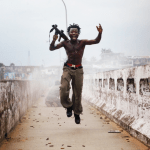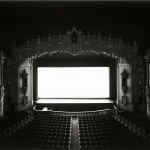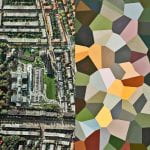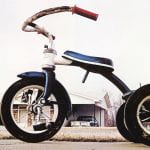Looking Through The Pinhole

This is a fun session in which participants will make thier own pinhole cameras to take away, as well as learn the basics of pinhole photography. It also serves as an introduction to apertures, shutterspeeds and basic darkroom development principles.
This Session could be run in conjunction with:
- Sculpted by Light
- Down the Digital Rabbit (Pin)hole
Aims & Outcomes:
- For participants to discuss and visually explore the nature of seeing like a camera
- For participants to conduct in depth research on the work of Justin Quinnell and apply these ideas to thier practice.
- For participants to expereince the nature of darkroom processing
- For participants to understand how to scan and inverse images using Photoshop
- Participant Take Away Outcome: A pinhole camera and least 4 pinhole photographs
Research: The work of Justin Quinnell:
You will need:
- 1 x 500ml Aluminium can per participant
- A Can Opener
- Black Duct Tape
- Black Card
- Black insulation / Electricians Tape
- Scissors
- Pins
- 5 x 7 inch Ilford Multigrade Paper
- A Darkroom / Darkroom chemicals
- *if you are working off-campus you will need a light tight room, chemicals, trays and red lights
- An introductory brief & Presentation (below) for participants to outline the ideas and provide examples
- A booked room to critique participants work
- Blue tack to pin the work
- * Access to Scanners, Printers etc if you are planning on inversing and printing the work
- Costings and Risk Assessments
presentation ideas: Down the Rabbit (pin)hole:
Preparation Work:
- Make sure you have all of the required materials.
- Make sure you have booked the darkrooms if you are working on campus.
- Have some 5×7 Pinhole work ready in a box to demonstrate development
- If you are printing digitally in the Photo Lab – make sure they know when these images will be sent and when you need them back by.
Suggested Session Outline:
- Ask participants what they think the characteristics of photography are. (e.g. light, time, fixed, reproduction) Are these specific to certain ‘types’ of photograph? Is the word ‘photographies’ more appropriate?
- Deliver presentation / brief and encourage discussion and debate
- Show Pinhole camera
- In small groups – make Pinhole Camera
- Break
- Have some 5×7 Pinhole sheets ready to demonstrate development
- Darkroom Induction
- Explore Pinhole cameras / develop
- *Scan and inverse Pinhole work into positives. Print analogue or digital.
- Critique and give feedback with the group
